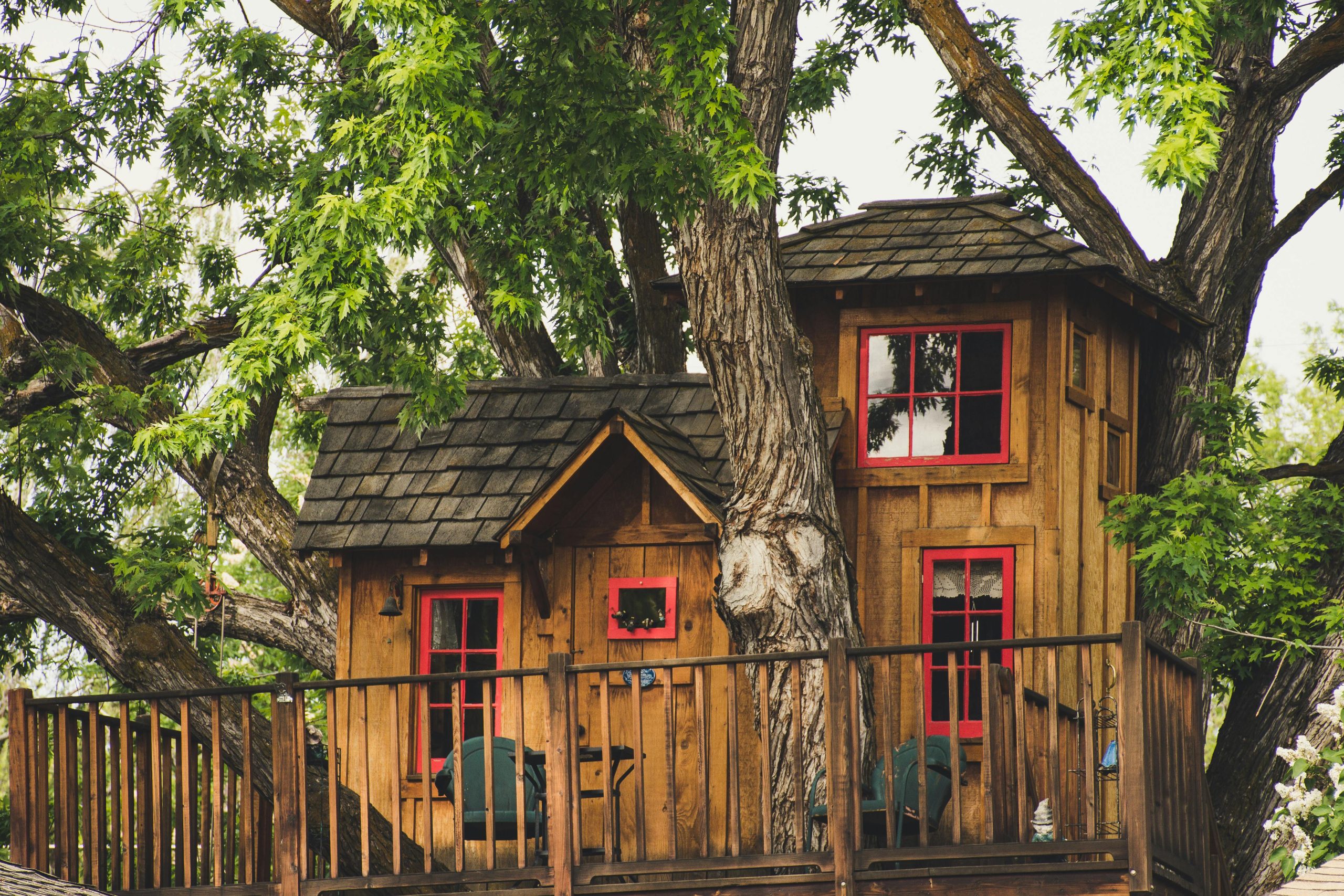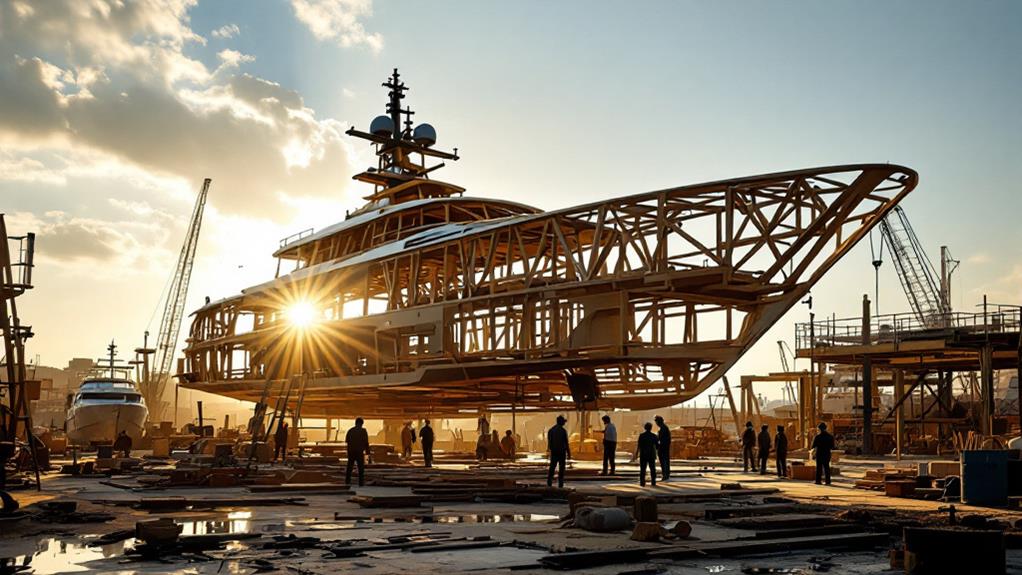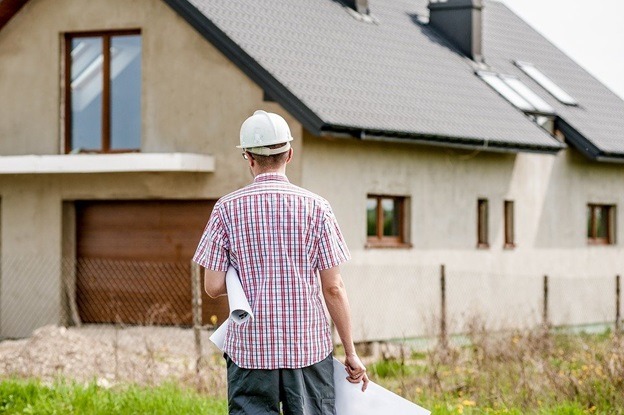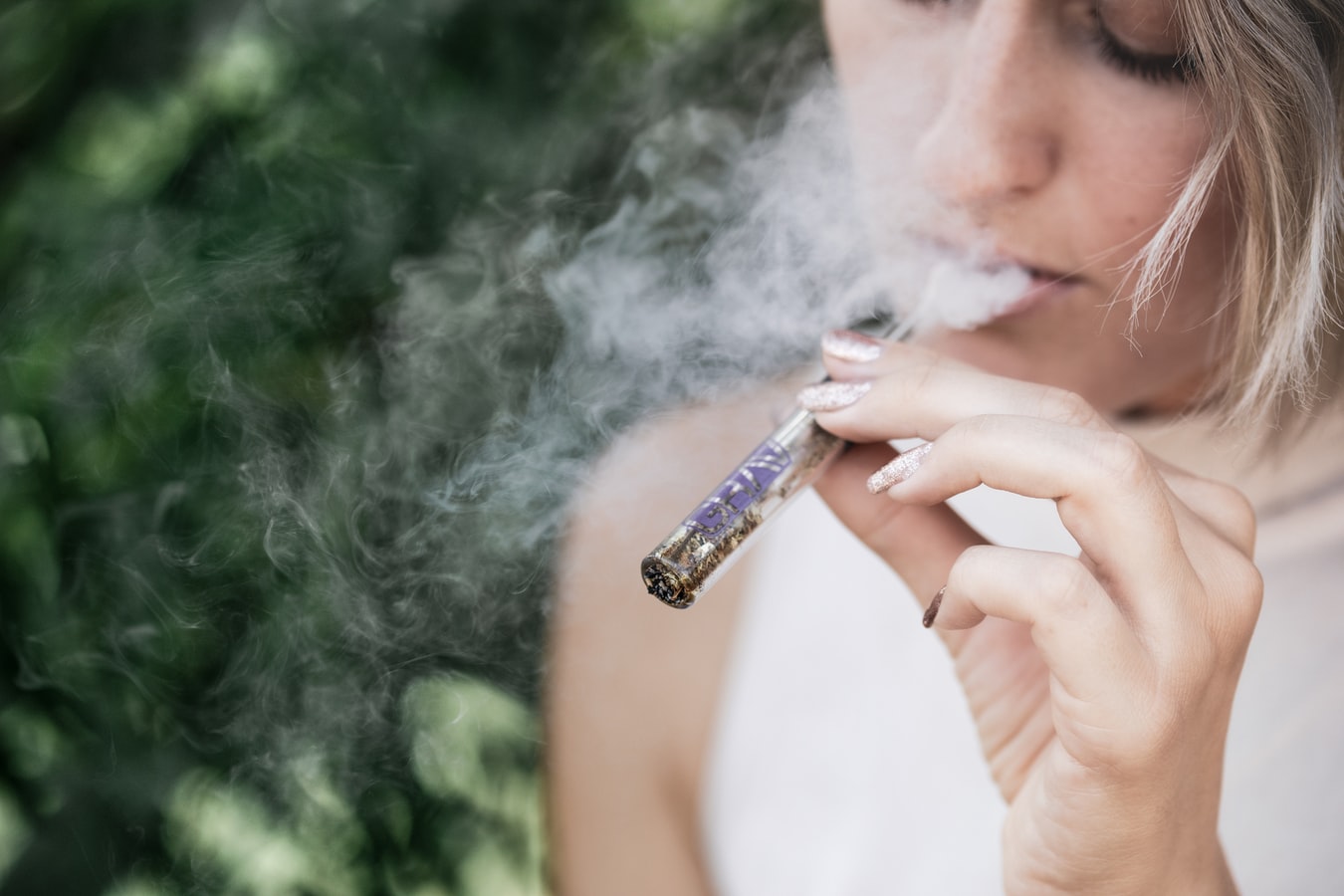How to Build a Treehouse Safely

A treehouse isn’t just a structure. It’s a world apart. A secret hideaway, a pirate ship, a reading nook in the sky. For children and families alike, it’s a source of imagination and joy.
Yet behind the magic, there’s something rather more practical to think about: safety. If you’re planning to build one, your blueprint should balance fun with caution from the very start.
This guide will take you through all the essential considerations, from selecting the right tree to ensuring long-term structural integrity. Done well, your treehouse will be a treasured retreat that’s secure, inviting, and full of wonder.
Choosing the Appropriate Tree
The entire project, quite literally, rests on this first decision. The proper tree sets the tone for everything that follows. So, what should you look for?
Start with strength. You're after a tree with a sturdy trunk, healthy bark and thick, well-anchored branches.
Avoid anything riddled with fungi or dead limbs. It’s nature’s way of waving a red flag. A tree that's already showing signs of decay won't take kindly to the added weight or activity.
Location matters too. Try to find a tree that’s easily accessible and well away from power lines or other obvious hazards. One that’s too tall may pose challenges you’d rather not face. One that’s too short might leave you with limited options and disappointed children.
A gentle shake of the trunk can tell you a lot as well. If there’s barely any movement, it’s a good sign. The right tree gives you a solid foundation on which to build not just a platform, but a world of childhood memories.
Planning and Design
This is the stage where dreams start to take shape.
Begin by measuring your chosen tree and taking a proper look at the garden to work out what fits and where. Sketch out a few ideas. It doesn’t need to be architectural wizardry, just enough to help you visualise the space.
Include must-have features, but don’t forget to ask the children what they’d like too. They’re the ones who’ll be climbing up there, after all, and even small design decisions can make the space feel uniquely theirs.
You’ll also want to plan for practicality. Railings are non-negotiable, ladders must be secure and access should be easy enough for growing legs. Think about how the structure might evolve. Will it still work when the kids are taller? Can it be adapted later?
With proper planning, you’ll save yourself endless hassle during the build. It turns what could be a fraught weekend project into something closer to a creative family adventure.
Gathering Materials
Once your design is in place, it’s time to gather your supplies. Prioritise quality over quantity here. You want materials that’ll withstand weather, wear and the occasional over-enthusiastic jump.
Pressure-treated timber is a solid starting point. It resists moisture and pests, holds its shape well, and tends to last longer than untreated alternatives.
If possible, source your wood locally. Not only does this cut down on transport costs and emissions, but you’ll likely find materials better suited to the climate.
Make a list of everything you’ll need—tools, bolts, brackets, boards, and paint—and check it twice. You don’t have to splurge on premium options across the board, though. The key is knowing where to invest and where it makes sense to economise.
Environmental Considerations
If you’re trying to tread lightly, there are plenty of ways to make your treehouse more eco-friendly. Reclaimed wood adds character and reduces waste. Likewise, sourcing sustainably harvested timber can offer peace of mind as well as durability.
Opt for non-toxic paints and finishes too. They’re safer for the children, better for the planet, and tend to smell a good deal less offensive.
Every choice has an impact. So if you can, build something that leaves a smaller footprint while still bringing a smile to your face.
Safety Gear and On-Site Precautions
Before a single plank is lifted or a nail is hammered, take a moment to focus on safety. It may not be the most exciting part of the project, but it’s absolutely essential.
Start with the basics: protective gloves, hard hats and safety goggles. These are particularly important if you’re working at height or using power tools.
Even a small build can involve sharp edges, falling objects or the occasional slip. Taking simple precautions can prevent many common injuries.
Make sure your tools are working properly, your materials are stable, and the work area is clear of clutter. Most accidents happen not because something goes terribly wrong, but because something small is missed.
Staying organised and taking regular breaks helps keep things safe and manageable.
Moreover, keep a first aid kit nearby. You’ll only need a plaster or antiseptic wipe, but having them within easy reach can make all the difference.
If you’re working with children or helpers, make sure everyone understands the plan. Set clear boundaries, point out hazards, and encourage questions. Good habits from the start lead to a smoother, safer building experience for everyone.
Building the Treehouse Frame
This is where the real transformation begins. The frame is your backbone. It keeps everything balanced, supported and strong.
Use lag bolts rather than nails when attaching your base to the tree. They offer a much firmer grip and are far less likely to loosen over time, especially during windy days or energetic play sessions.
Trees grow and they move. So, consider including cross-bracing to distribute weight evenly and allow for natural movement. A bit of give now will help the structure stay safe in the years to come.
Once the frame’s in place, check it regularly. A quick once-over every few months can catch small issues before they become big ones.
Installing the Floor and Walls
Solid floors make for safer treehouses. So, opt for sturdy plywood that won’t bow or crack with pressure. Leave a few millimetres between boards to allow for airflow and drainage. There’s no need for damp to spoil things.
When it comes to the walls, go for something equally robust. Secure framing, strong panels and weather-resistant finishes all help to keep the elements out and the fun in.
Windows are worth including, even small ones. A bit of daylight and fresh air can make the space far more inviting. Just be sure to use screens or covers to keep out the bugs.
Furthermore, finishing touches like non-toxic stains or paints help protect the wood and add a splash of personality too.
Adding Safety Features
A treehouse should feel like an adventure, not an accident waiting to happen. That’s where smart safety features come in.
Sturdy railings are essential. Make sure they’re high enough to prevent falls, even for the most excitable visitors. If there’s more than one level, guardrails between floors should be just as reliable.
Ladders or steps should be wide, stable, and easy to grip. If they wobble or feel precarious, they’re not finished.
Try to keep the whole structure no more than two metres above ground level. And underneath? Something soft. A layer of bark chips or thick grass can offer a gentler landing if someone does take a tumble.
Maintenance and Inspections
Like any outdoor structure, a treehouse needs looking after. A quick check once in spring and again in autumn should do the trick.
Look for loose screws, signs of rot or bits of wood that have started to split. Clean off mould or mildew before it spreads. If something looks off, sort it sooner rather than later. It’s usually much simpler that way.
It’s also wise to prune any branches hanging too close. They can damage the treehouse during storms or block the view from a well-placed window.
If you’re not sure where to begin, professional tree surgeons can offer tailored advice and inspections. Their expertise keeps your tree healthy and your structure secure.
For best results, consider hiring a team that specialises in safe tree surgery. It ensures the surrounding environment is cared for properly while preserving the integrity of your treehouse foundation.
Involving Children in the Process
A treehouse becomes more than just a build when you let the children play a part.
Whether it’s choosing the colours, painting a wall or helping gather tools, giving them ownership makes it feel truly theirs.
Use the opportunity to teach them about responsibility, too. Explain how to stay safe, when to ask for help, and what to avoid. It doesn’t need to be a lecture, just a conversation.
Even simple systems like bells or walkie-talkies can help them feel more independent and keep them connected. In the end, the treehouse becomes a little more special when it's a reflection of them.
Conclusion
Building a treehouse is part craftsmanship, part care, and part childhood wish fulfilled. It starts with a strong tree and a good plan.
But it really comes together when you add safety, imagination and just a bit of whimsy. With careful thought, patient hands and the right tools, you’re not just creating a platform in the sky.
You’re building a place where stories begin, friendships grow, imaginations flourish and memories linger long after the last plank is nailed down.




